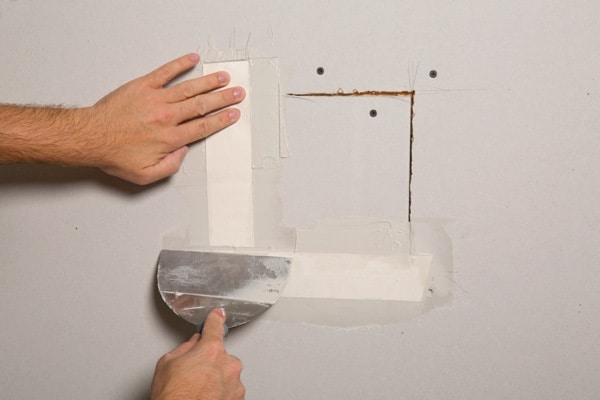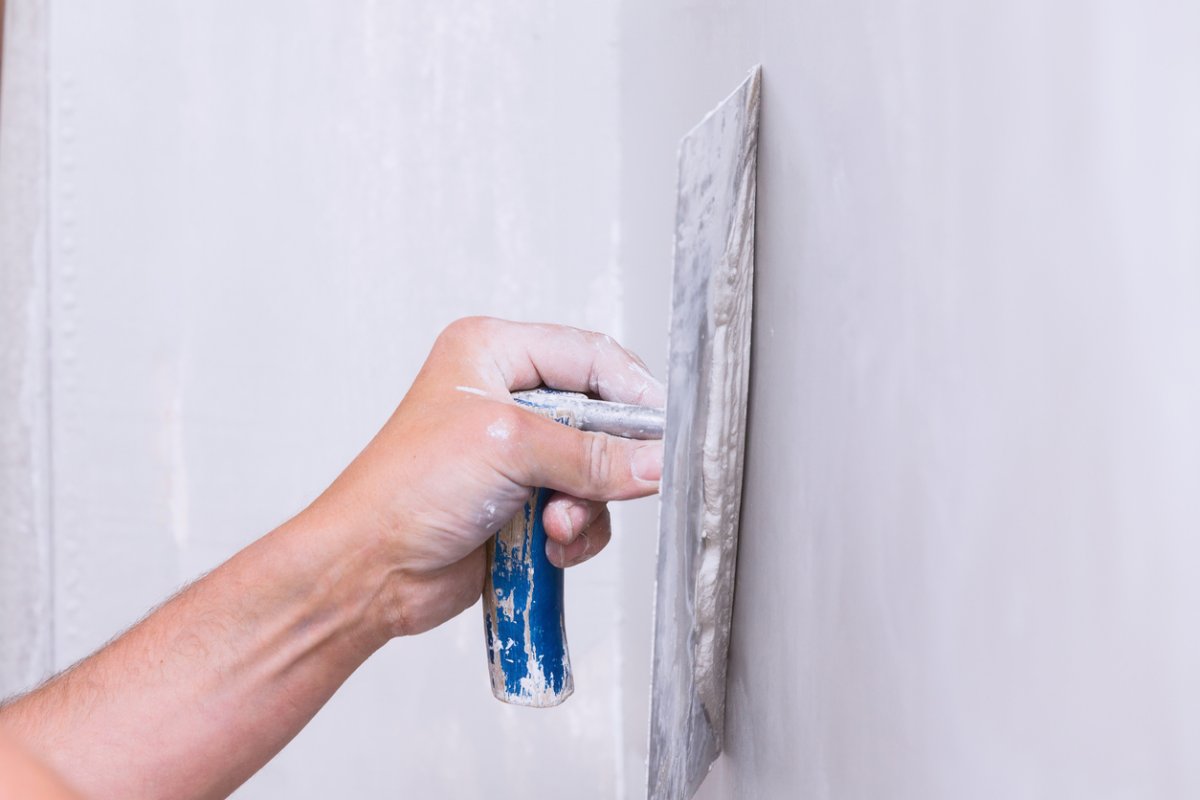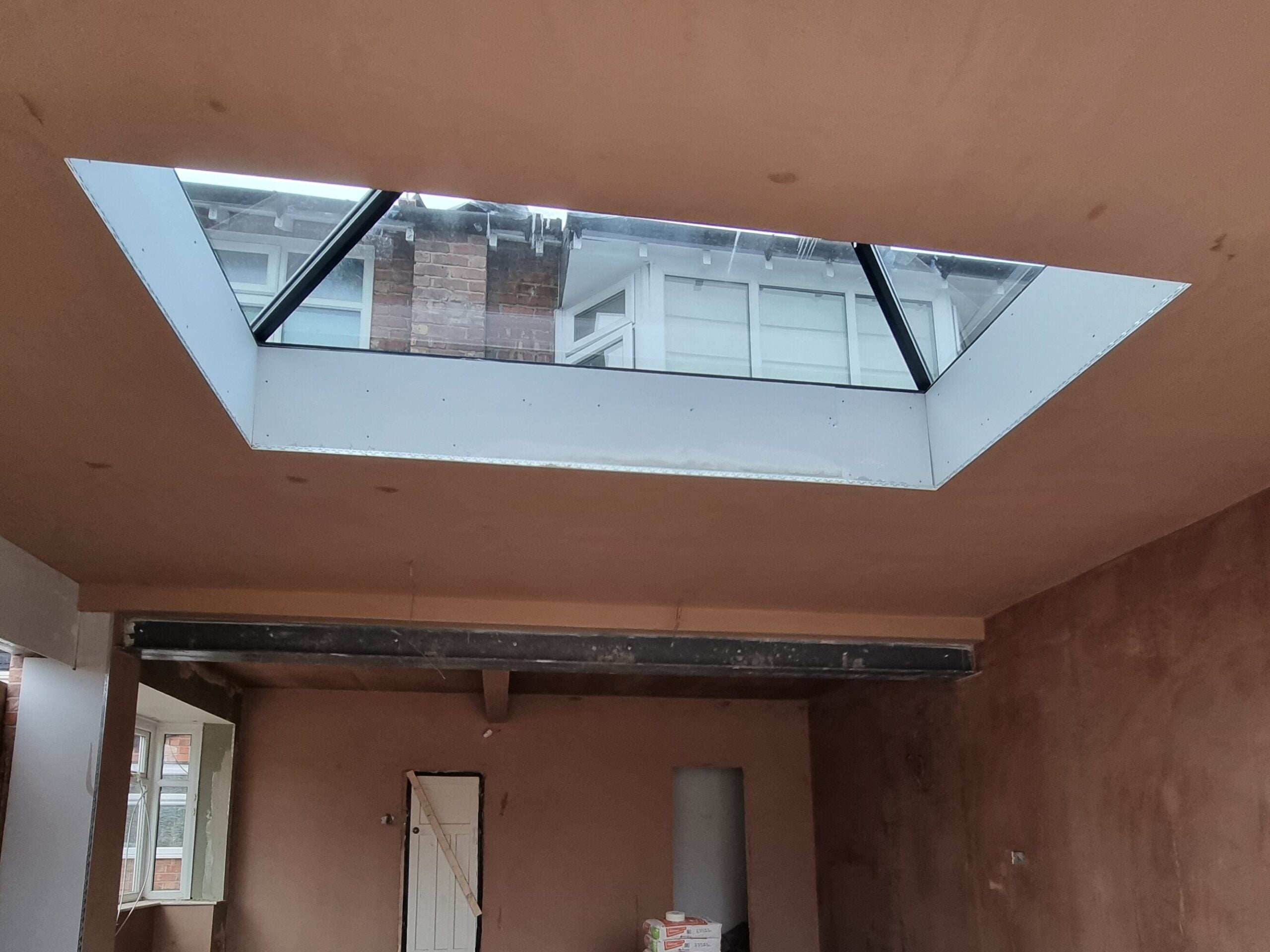Plastering Fixing: Rapid and Budget Friendly Repairs for Cracks and Damages
Plastering Fixing: Rapid and Budget Friendly Repairs for Cracks and Damages
Blog Article
A Comprehensive Overview to Learning Plastering Skills for Your Remodelling Needs

Vital Devices and Products
In the world of plastering, having the right devices and materials is paramount to accomplishing a perfect finish. Numerous important devices serve unique purposes, making certain efficiency and accuracy throughout the smudging process. A high-grade trowel, as an example, is crucial for smoothing and applying plaster, while a hawk offers a steady platform for holding the product. A joint blade is likewise critical for comprehensive job, especially in corners and sides.
In enhancement to tools, picking the ideal plastering materials is vital. Gypsum-based plasters are generally liked for their adaptability and ease of use, while cement-based options are perfect for exterior applications due to their resilience. Water and bonding agents play considerable duties in achieving correct uniformity and adhesion, guaranteeing that the plaster adheres efficiently to the surface area.
Additionally, protective gear such as masks, goggles, and gloves is important to safeguard versus dust and inflammation during the application procedure. By constructing the best mix of tools and materials, plasterers can boost their ability and create high-quality coatings, eventually raising the general workmanship of their work.
Preparing Surfaces for Plastering
Achieving a long lasting and smooth plaster coating starts with meticulous prep work of the surfaces to be plastered. This fundamental step is vital to making certain bond and the long life of the plaster. Begin by examining the condition of the substrate-- whether it is masonry, concrete, or drywall-- removing any loosened paint, dirt, or particles that might hinder bonding.
Following, fix any type of flaws such as cracks or holes. Utilize an ideal filler to attain a degree surface; this can be critical for stopping future problems. Once fixed, guarantee the surface area is clean and dry, as moisture can jeopardize plaster adherence.
For permeable surfaces, it is suggested to apply a bonding representative. This product enhances adhesion and develops a trustworthy user interface in between the plaster and substratum. If collaborating with formerly plastered surfaces, it may be required to mess up or sand the location lightly to offer a secret for the brand-new plaster layer.
Gluing Methods and Tips
Grasping plastering methods needs both ability and technique to accomplish a remarkable coating. One essential strategy is the application of the plaster in numerous thin layers, instead of a single thick coat. have a peek at this site This technique permits far better bond and reduces the threat of fracturing. Start with a base coat, ensuring it is uniformly spread out and leveled this article with a hawk and trowel. Use a straightedge to look for any kind of blemishes prior to going on to subsequent layers.
When applying the coating layer, utilize a shoveling technique that includes holding the trowel at a mild angle and operating in a round movement. This aids to develop a smooth surface area and lowers the appearance of trowel marks. Furthermore, keep a spray bottle of water useful to haze the surface lightly; this maintains the plaster workable and enables for smoother ending up.
Timing is essential; job successfully, as the plaster starts to set. As soon as the plaster has firmed up but is still damp, utilize a damp sponge to carefully smooth the surface area better. Finally, allow sufficient drying out time prior to fining sand or paint, ensuring your hard work causes a specialist, high-quality coating.
Typical Blunders to Avoid

One more usual mistake is applying plaster as well heavily. Overzealous applications can result in fracturing and prolonged drying out times. It's necessary to apply plaster in slim, even layers, allowing each coat to completely dry effectively before adding extra.
Furthermore, not using the right devices can hinder the top quality of the coating. Making use of improper trowels or mixers can create inconsistencies in the plastering procedure. Constantly decide for top notch tools developed for gluing tasks.
Finally, lots of people ignore the relevance of timing. Functioning YOURURL.com in improper temperature levels or moisture levels can adversely affect plaster curing and drying out. It is suggested to inspect weather and adjust your routine as necessary.
Finishing Touches for a Specialist Appearance
The last phases of a plastering project are essential for accomplishing a sleek, expert look. When the plaster has actually dried sufficiently, the following step is to analyze the surface area for imperfections. Small bumps, openings, or unequal locations ought to be resolved using great sandpaper or a sanding block. This careful focus to information is essential for making certain a smooth surface.
After fining sand, it's recommended to clean the surface area to remove any type of dirt and particles. A wet fabric works for this objective, adhered to by an extensive drying period. If required, applying a slim layer of completing plaster can enhance the surface area even more, providing a seamless coating.
As soon as the ending up plaster is dry, another round of sanding may be required to accomplish the preferred smoothness. Lastly, take into consideration applying a primer prior to paint or wallpapering, which will boost bond and durability.
Conclusion
Mastering gluing skills dramatically boosts the quality of improvement jobs. A thorough understanding of vital devices, surface area preparation, and efficient techniques is vital for achieving professional results.
Water and bonding representatives play substantial duties in attaining proper consistency and bond, ensuring that the plaster adheres properly to the surface area. Plastering.


Additionally, keep a spray container of water useful to haze the surface lightly; this keeps the plaster convenient and allows for smoother finishing. (Plastering)
If essential, using a thin layer of completing plaster can boost the surface better, supplying a smooth finish.
Report this page